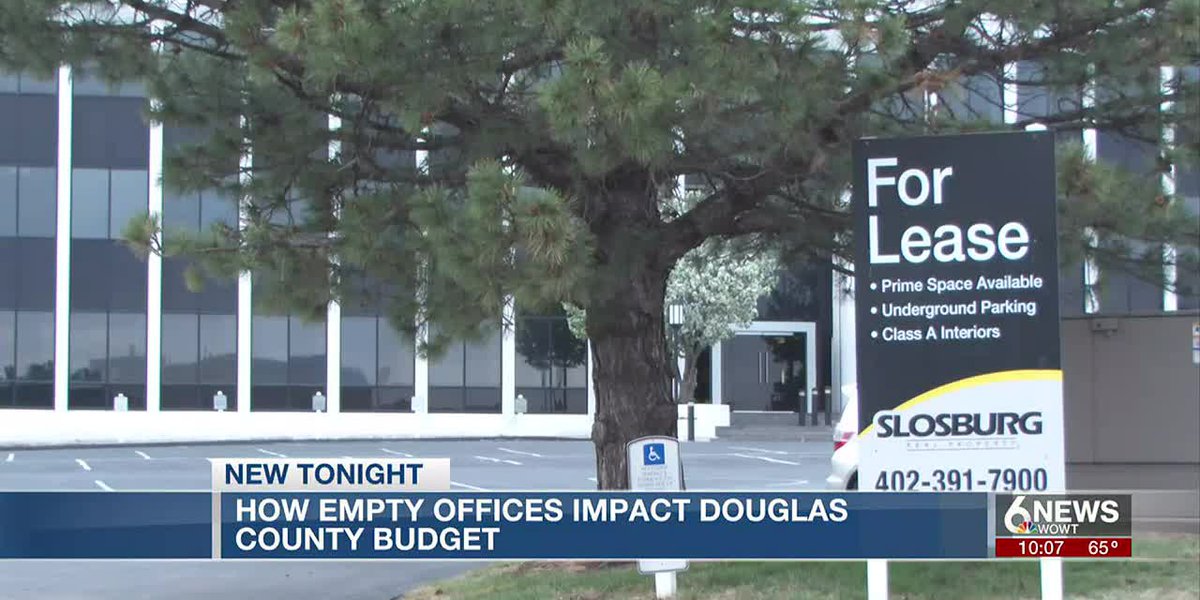
OMAHA, Neb. (WOWT) – Vacant lots and high-interest rates hurt more than just the property owners. They could hurt everyone that benefits from county programs.
“We have one source of revenue, and it’s property taxes,” said Douglas County Commissioner PJ Morgan.
The county’s annual budget is around $550 million, according to Morgan. He said that pays for essential crime and safety services like the sheriff’s office and correctional facility.
Morgan pointed to 90th and Dodge as an area of concern.
“You’ll see that almost every building has ‘for lease’ signs on it,” he said. “There are floors in Regency that have been vacant for two to three years.”
Tanner Sherman, COO of DreamVesting Capital, explained the impact.
“It’s the neglected buildings that are bringing the property value down, and we’re going to see the decreased tax revenue for those,” he said.
A building near 108th and Farnam sold for $12.8 million in 2006. Last year, it sold for less than $5 million, according to the county assessor. Because lower sales prices could mean lower property tax assessments and less money coming into the county, Morgan is concerned about budgeting for increasing salaries and operating costs the county is responsible for.
“I want to be cautious now so that we can keep the services we have,” he said.
That caution led to Morgan voting in favor to table a multi-million dollar mental health facility proposal at this week’s board meeting.
“I’m supportive of looking at doing what we can,” he said. “But I think it’s a time to be cautious and look to the future.”
While commercial vacancies are widespread, a strong need remains for housing across the metro.
According to data by Cushman & Wakefield, 12% of Omaha offices are vacant. That compares to a vacancy rate of 5% for multi-family properties, 5% for retail, and 3% for industrial buildings in the city.
“Now there’s an incentive to convert them (office buildings) to different purposes, such as retail or multi-family,” he said. “To bring that tax revenue back, it takes a lot of development money to bring an office space into a livable residential area.”
But there are construction projects happening around the metro to do that, many of which use tax-increment financing or tax incentives. Those do revitalize an area — but it takes time for the county to see a return.
“That money won’t come to the county for 20 years as far as new values,” said Morgan.
That’s why he says to stay cautious with spending now.
Copyright 2023 WOWT. All rights reserved.
This post was originally published on this site be sure to check out more of their content.







